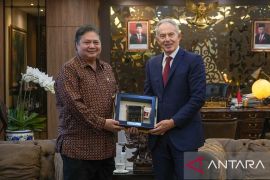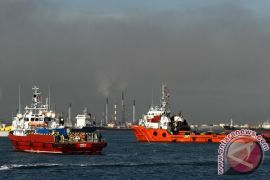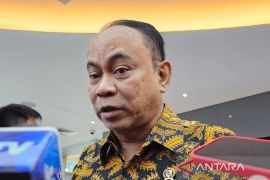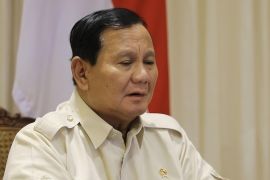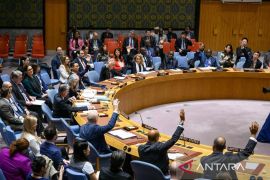"We need to check whether the government`s control would improve the social efficiency of state companies," Dr. Irwanda Wisnu Wardhana, a researcher from the finance ministry said.Jakarta (ANTARA News) - A researcher said the government needs to be clearer in the direction of its policy to improve the performance of state companies (BUMNs) as agent of development.
"We need to check whether the governments control would improve the social efficiency of state companies," Dr. Irwanda Wisnu Wardhana, a researcher from the finance ministry said in statement received here on Sunday.
In analyzing 126 state companies he listed nine companies as leading in social efficiency .
He said the countrys second largest in asset Bank Rakyat Indonesia (BRI) is ranked first and shipping company PT Pelni is lowest among the nine leading state companies in social efficiency.
In business efficiency Pertamina oil and gas company is the most efficient and forestry company Inhutani the most inefficient among 11 leading state companies, he said.
He said no evidence to show that social efficiency is attributable to control by the government of state companies.
The survey showed that social efficiency has negative connection with business efficiency, he said, adding social goals would sacrifice business achievements.
Therefore, he suggested tighter evaluation of the performance of state companies in social efficiency.
"State companies have often been seen by the public as milch cows for those in power," he said.
Researcher of restructuring policy at the Ministry of State Enterprises Endra Gunawan acknowledged a dilemma faced by the ministry in adopting policy.
By 2015 , there were still 118 state companies (BUMNs), shrinking from 141 in 2011 and 139 companies in 2013.
"The total value of the assets of BUMNs was around Rp5,395 trillion in 2015, up 18 percent from 2014. The increase was attributable not only to business efficiency but also to revaluation of fixed assets," he said.
Five largest BUMNs in assets are electricity company PLN, Bank Mandiri, BRI, Pertamina and Bank Negara Indonesia (BNI).
In 2015, BUMNs recorded a decline in income to Rp1,728 trillion from Rp1,932 trillion in the previous year on worse macro economic condition.
Net profit of all BUMNs dropped from Rp159 trillion to Rp150 trillion in the same period, Endra said .
"Targets for 2016 are set higher with income at Rp1,969 trillion and profit at Rp172 trillion. Ten BUMNs with largest profit are to contribute 80 percent to total profit of BUMNs," Endra, who is also secretary of the BNI board of commissioners.
The largest in profit are BRI, Telkom, Pertamina, Bank Mandiri and PLN. A number iof BUMNs recorded losses totaling Rp5.8 trillion in 2015, down from Rp10.2 trillion in 2014 and Rp32.7 trillion in 2013.
Taxes and dividends paid to the state treasury reached Rp202 trillion in 2015 , down 4 percent from Rp211 trillion in 2014 and in 2016, the taxes and dividends are predicted to rise to Rp206 trillion.
Public policy researcher of CIR, Novel Ariyadi, said the national political configuration has impact on the performance of BUMNs .
Unlike in China with regimented economy, the direction of business policy and targets are clear.
"Singapores holding BUMN, Temasek and Malaysias Hasanah are more effective than Indonesias BUMNs," Novel said.
Novel also said that a firmer and clearer national policy is needed on the role of BUMNs. (*)
Editor: Heru Purwanto
Copyright © ANTARA 2016



